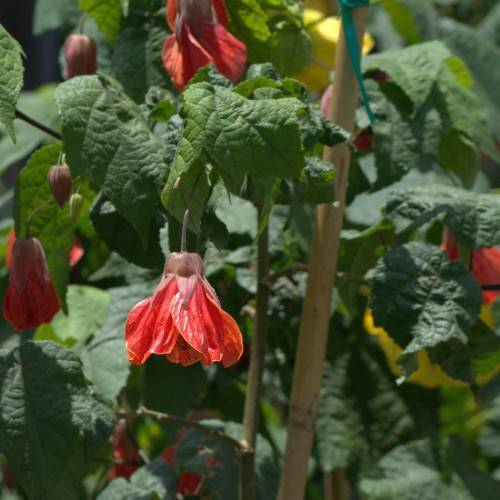
Strawberry Ground-Cherry
Alkekengi officinarum
Watering:
Frequent
Hardiness Zone:
Sun:
full sun,part shade
Leaf:
Yes
Growth Rate:
Low
Drought Tolerant:
Yes
Salt Tolerant:
Yes
Invasive:
Yes
Care Level:
Medium
watering
European Water-Plantain (Alisma plantago-aquatica) is a wetland-loving aquatic plant, so it requires plenty of moisture to thrive. This species needs to be kept constantly wet for optimal growth and flowering, as it is an aquatic plant adapted to perennially wet soils. During the growing season, its soil should be kept consistently moist, and it should be watered every 2-3 days, depending on the temperature and amount of direct sunlight. When temperatures are cooler, the frequency of watering can be reduced, but it is important to never allow the soil to dry out completely. During the dormant winter season, the soil should be kept moist but not saturated. During the winter months, European Water-Plantain only needs to be watered around 1-2 times a month.
sunlight
European Water-Plantain requires ample sunlight to grow optimally. It should receive at least 6-8 hours of full sunlight per day, preferably during the morning. However, the plant tolerate light shade, and growing in partial shade should help to prevent leaf scorching during the midday sun. To avoid the risk of burning the leaves of this species, especially when temperatures outside are high, growers should provide some shade during the hottest part of the day.
pruning
European Water-Plantain (Alisma plantago-aquatica) should be pruned in early spring when temperatures are relatively mild. Pruning helps to control the spread of the plant and encourage new growth. Begin by removing any dead shoots or stems, and then trim back overgrown plants to control their height. If you have large plants, they may need more drastic pruning to keep them contained. Cut back mature stems to about 20-30% of their original height to stimulate new growth. Once you’ve finished pruning, you can apply a balanced fertilizer to encourage the plant to produce more vigorous growth.
